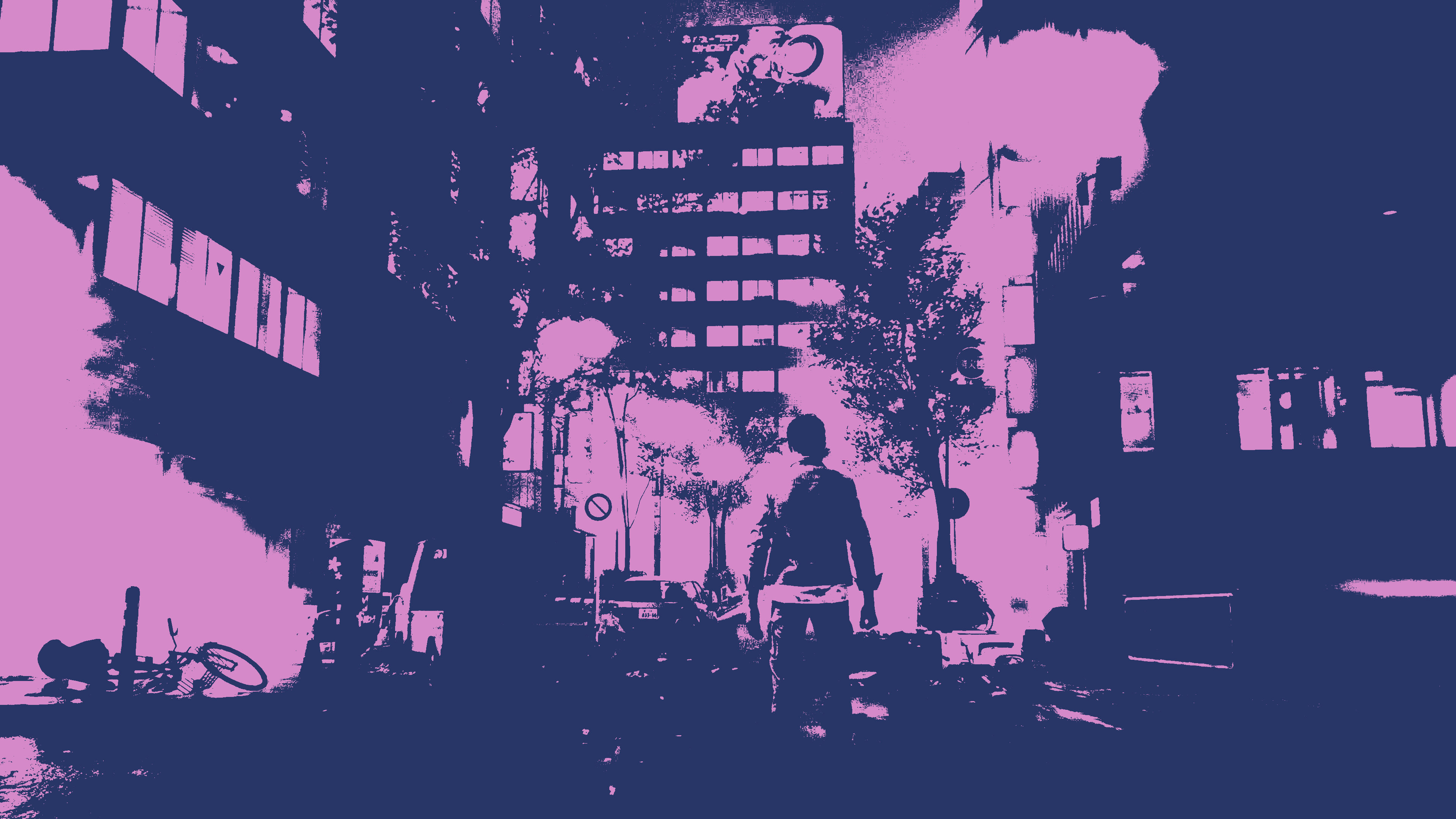
I’ve long derided the use of “virtual” as opposed to “real.” It’s not even the “virtual” part that gets me, it’s the “real” part. We assign a kind of primacy to the things we can see and touch over “virtual” objects that once might have been thought of as “paranormal.” What makes something “real” anyways? What senses does something have to tickle before it becomes real? What must something not be in order to become disentangled from “reality?”
At the beginning of Ghostwire: Tokyo, the antagonist, Hannya, unleashes a disintegrating spell upon Tokyo that causes the city's human population to be dematerialized and a host of spirits to take their place. It does more than leave a bunch of dirty laundry on the ground. It reveals to us that our reality was never so entirely real. It’s strange. Hannya’s actions are an entirely selfish act but they work to expose something otherwise overlooked. The Fog spread by his spell exposes another facet of a world that is otherwise considered so knowable.
Think about it: A city is generally a place where the most dangerous thing is other humans. A city is a place where humans have eliminated any “natural” predator and converted the environment into an entirely “human” space. Ghostwire demands this be reconsidered. Not only is the city turned over to ghostly Visitors, KK, the spirit of a paranormal investigator possessing one of protagonist Akito’s arms, reveals to us that much of the world was just out of sight, slightly perpendicular to our perception.
Various side quests reveal this, too. They show us that we only ever existed in the world in front of the screen. All these spirits have always been here, just behind our perceptive veil. They’ve influenced us, been influenced by us, and shaped the entirety of the world. Think of the spirits who are little more than manifestations of the tormented emotions left behind by salary men. This isn’t a world transformed, it’s a world exposed. A world not visible until most of Shibuya is reduced to spirits.
The humanless world that results from Hannya’s spell is just too effortless to be anything other than a kind of natural order. Why would all these nekomata so readily take over the running of every convenience store? Who would these floating spirit cats even sell to? Unless they aren’t “taking over” anything. Unless they were simply always there, always just beyond the veil. The spirits and creatures have always been there. Akito is only now just able to see what he had long been unable to.
This bears out in “our” world as well. The world we live in has always been somewhat liminal. Put another way, our perception of the reality we occupy has always been malleable. That there is some “reality” beyond what we can see is what drives pursuits like science. We’ve always shared our world with things beyond our ability to sight them. Or, rather, those things have always shared this world with us.
Reality then, is a construct. In Ghostwire that constructed quality is laid bare by Hannya’s desire to live in a world where his family is reunited from death and humans and spirits are merged. It is not solely that he is “unleashing” spirits, he is manipulating the existing world order, a world order that was only half-seen or half participated in by the spirits Akito and KK rescue and work with. Through Hannya, the world is made larger. However, Hannya’s ultimate desire is a collapsing of these forces together, the same danger presented by the overly limited view of the “real.”
It’s sad then, in a way, that Ghostwire's Visitors are cast only as villains. Certainly, there is not a way for them not to be. With so many of them being creatures born solely of torment, they’d have to be cross when dealing with one of the last living beings in arms reach. But they have as much right to the space as we do. In fact, it would seem we’ve been sharing it long before the beginning of the game. Even if some of that sharing was not precisely willing.
It is easy to strip agency from a being you do not consider even there. Tokyo was once the domain of those whose clothes now litter the streets. Few acknowledged the existence of something beyond the tangible. The few that did, like KK and his fellow investigator Rinko, fight to preserve a way of life, if not an entirely balanced one. Lack of acknowledgement is poor inoculation for that which seeks little else than to reclaim the city now that its keepers are reduced to floating blue bodies. But the truth is that it is not “our” or “their” city, it is and always was “all of ours.”
And that’s what is beautiful to me about Ghostwire—that the game does so little to address this. Reestablishing the natural order is a consequence of stopping a direct path to the underworld. It never mentions what will happen to all the little, helpful feline shopkeepers when you stop Hannya. Likely, this is because nothing will. They’ll go back to what they’ve always done. So, too, will the various other beings. Mischief Night is over, time to go back to the shadows that the bright lights of Tokyo have made sparse.
But for Akito (and us) the world is bigger now. Except it was always that big. We’re just able to see more of it. That’s the funny thing about reality, it is agnostic to your understanding of it. The things that are simply are. Who would have thought it would take a spiritual extinction level event to make that clear?
***
David Shimomura is editor in chief of Unwinnable, and based out of Chicago. His critical interests include deconstructionism, narrative and storytelling, dogs, and horror. Follow him on Twitter @UnwinnableDavid.